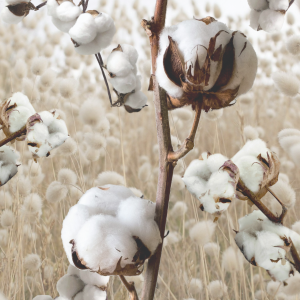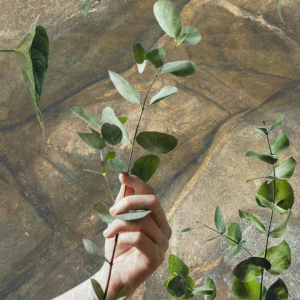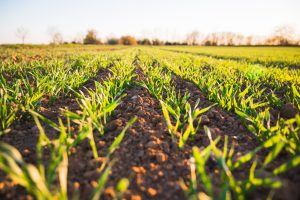Earth
Ancient Eco-Art: The Aboriginal Response to Climate Change
Ecological art is a contemporary art movement. Eco-conscious artists respond to modern environmental threats, such as climate change, with their artworks. However, eco-art is not a new phenomenon. Aboriginal Australians have centered the environment in artmaking for millennia. When prehistoric climate change occurred, they responded with rock paintings. We can understand this as ancient eco-art.
GOTS: The certification your textiles should have
The Global Organic Textile Standard (GOTS) is a leading international standard for organic fiber textiles, including ecological and social criteria, backed by independent certification. With rising demand for sustainable products, GOTS certification is a key benchmark for the textile industry, consumers, and the environment, highlighting its importance and impact on sustainability.
What is ‘Greenhushing’?
Greenhushing has emerged as a contemporary concept within the realm of environmental responsibility. You might know ‘Greenwashing.’ It’s common in fashion. Brands use it to appear eco-friendly with misleading claims.
Oeko-Tex: The Sustainable Choice for Brands and Consumers
As the world becomes increasingly aware of the environmental impact of the fashion industry, consumers are demanding more sustainable and ethical choices. In response, many brands are turning to certifications such as Oeko-Tex to demonstrate their commitment to sustainability and social responsibility.
Linen: The Sustainable Choice for Europe and Beyond
As the world becomes increasingly aware of the environmental impact of the fashion industry, more and more consumers are seeking out sustainable alternatives to traditional materials.
The Complex Truth Behind Recycled Plastic
Recycled plastic, once hailed as a beacon of environmental hope, has increasingly faced scrutiny regarding its actual sustainability.
We could actually save the Great Barrier Reef
Last month, the construction of a new coal mine in Australia was blocked in order to save coral reefs and protect the great barrier. While it may seem like a no-brainer, it is a significant victory for environmental laws, as it is the first time that these laws have been used to block coal exploitation…
Have you heard of ecological exile?
The scientific expression ‘ecological exile’ is now sadly becoming a part of our common vocabularies, because it is becoming a much more common occurence. Just like the climate crisis it stems from, the phenomenon is now global. What is ecological exile? The term “ecological exile” refers to the forcible displacement of settled populations due to…
Organic cotton. How is it different? What are its benefits?
The other week we talked about how nature-based solutions are greatly beneficial for biodiversity and for reducing pollution and hazards on the environment. Because we like to talk about sustainable materials on fashion, we are going to apply this terms to the agriculture of organic cotton. Cotton has been historically fashion’s most used fiber. When…
Nature-based solutions for agriculture
How can nature-based solutions help with sustainability? Today we are going to talk about something that may seem fairly technical, but it’s something of great importance for our daily nutrition and clothing. Nature-based solutions for agriculture! Nature-based solutions for agriculture involve using natural systems to support agricultural productivity. That’s instead of relying on chemical pesticides…









